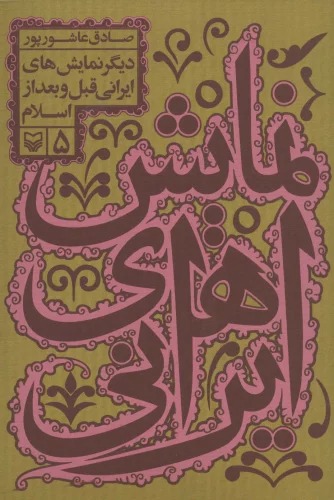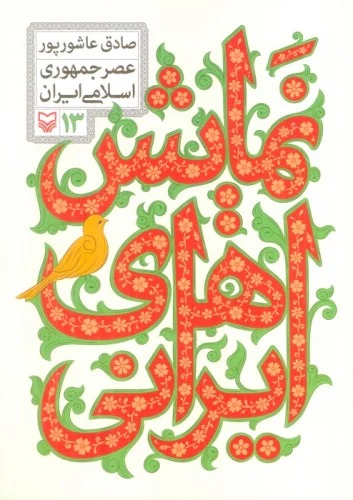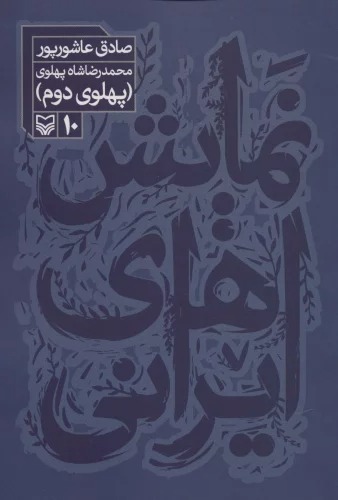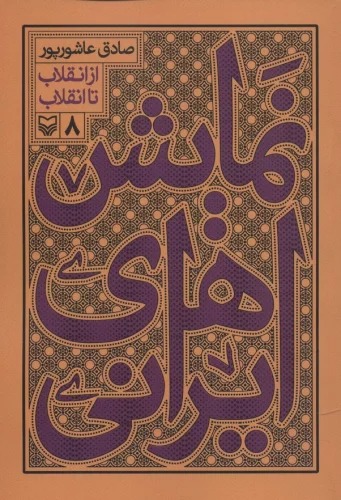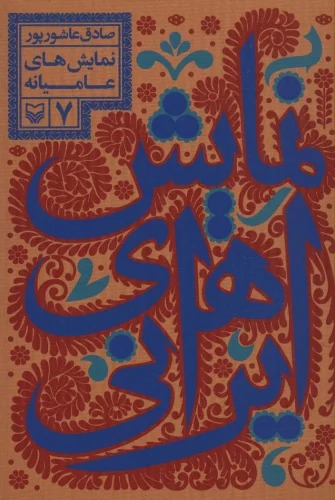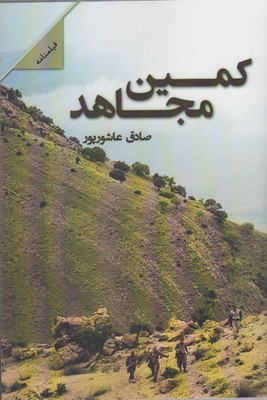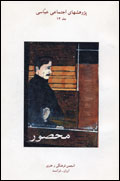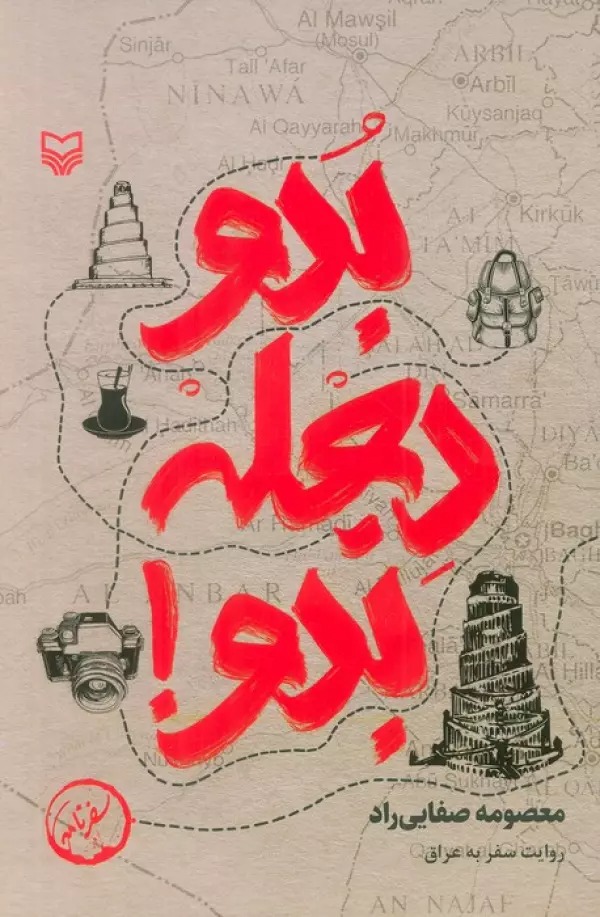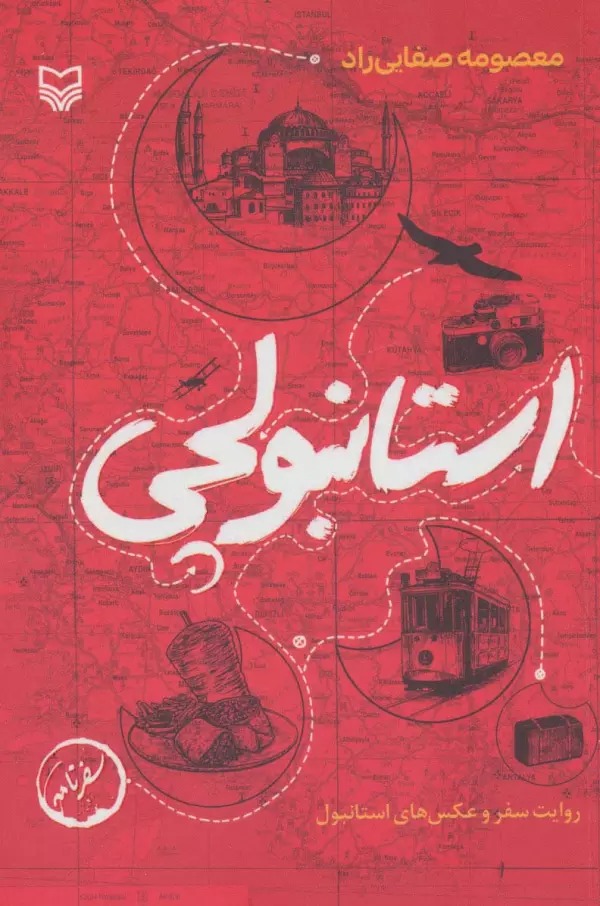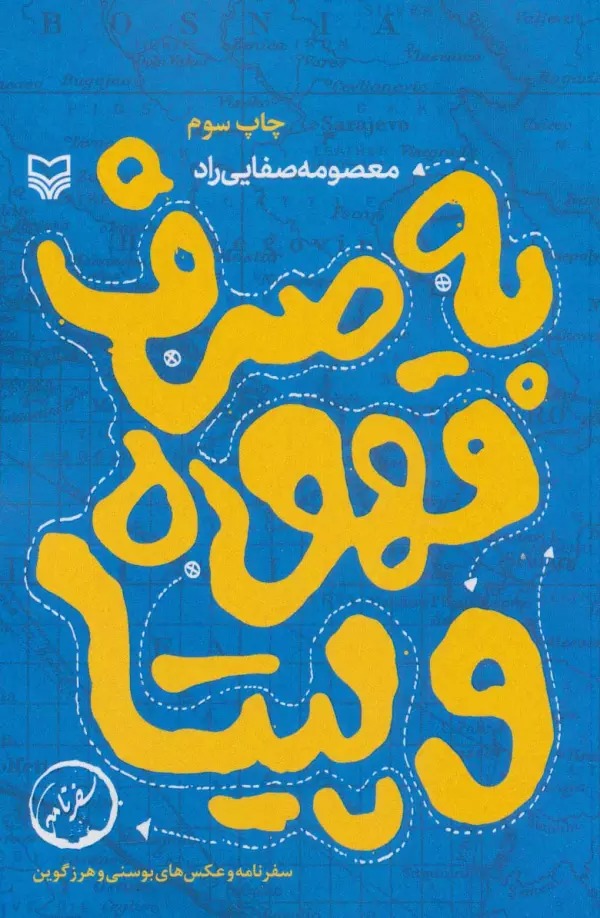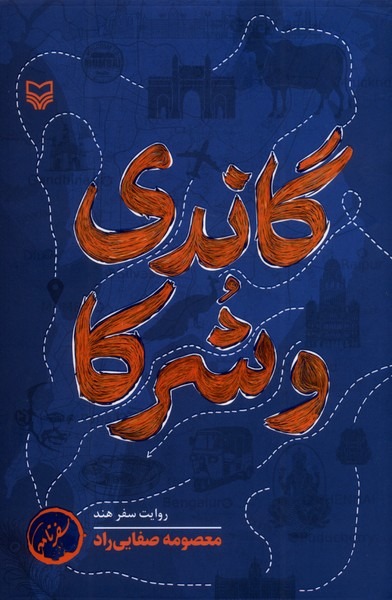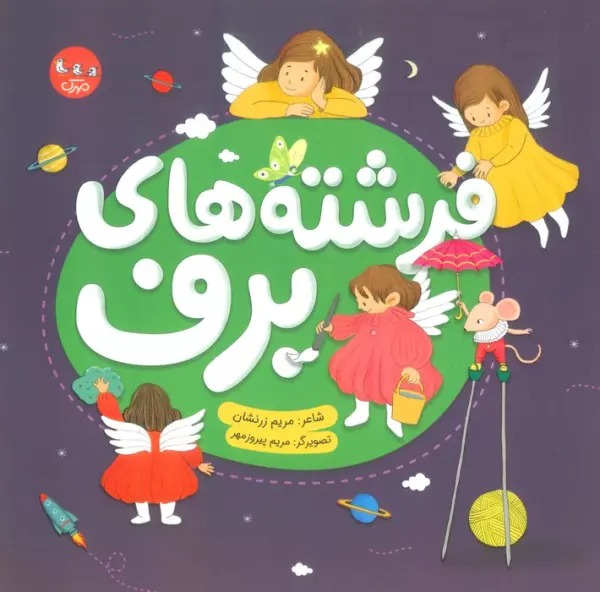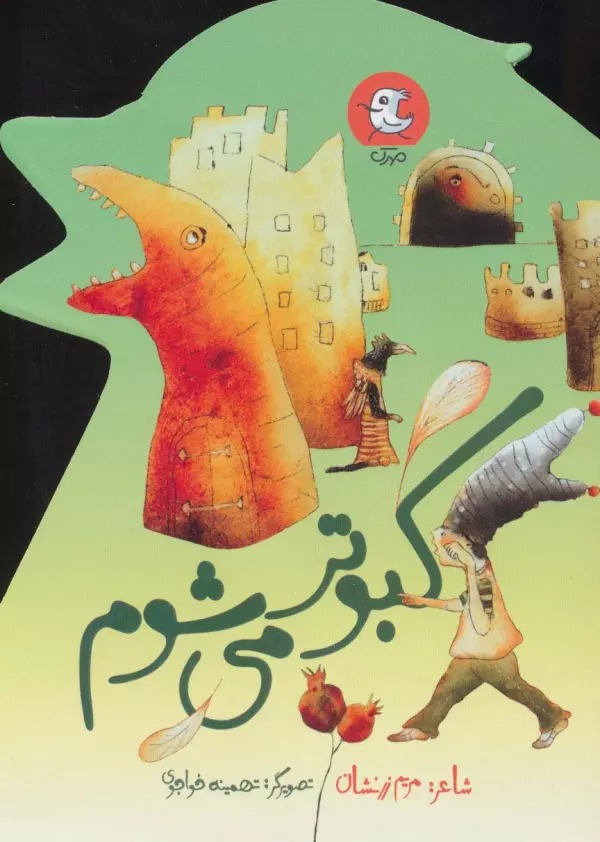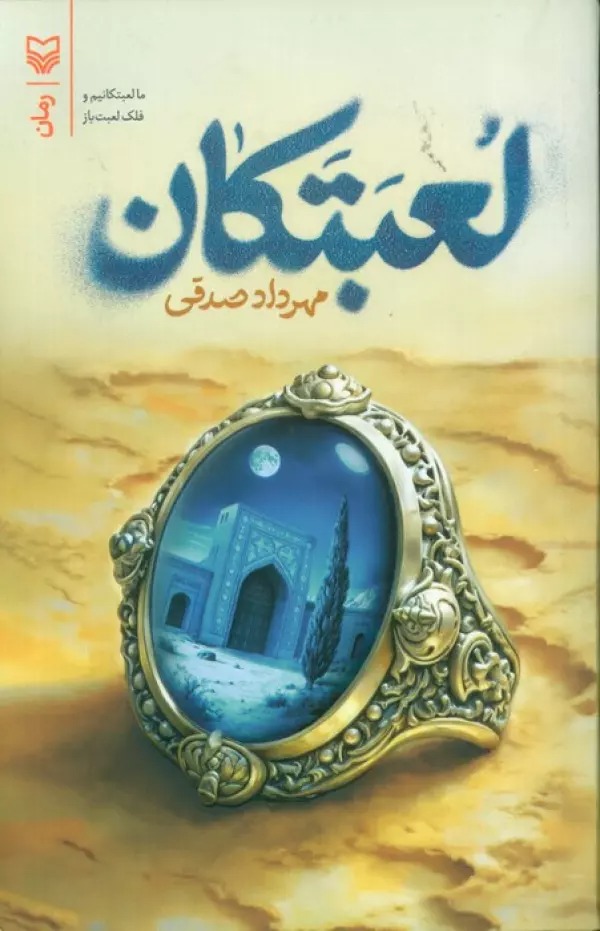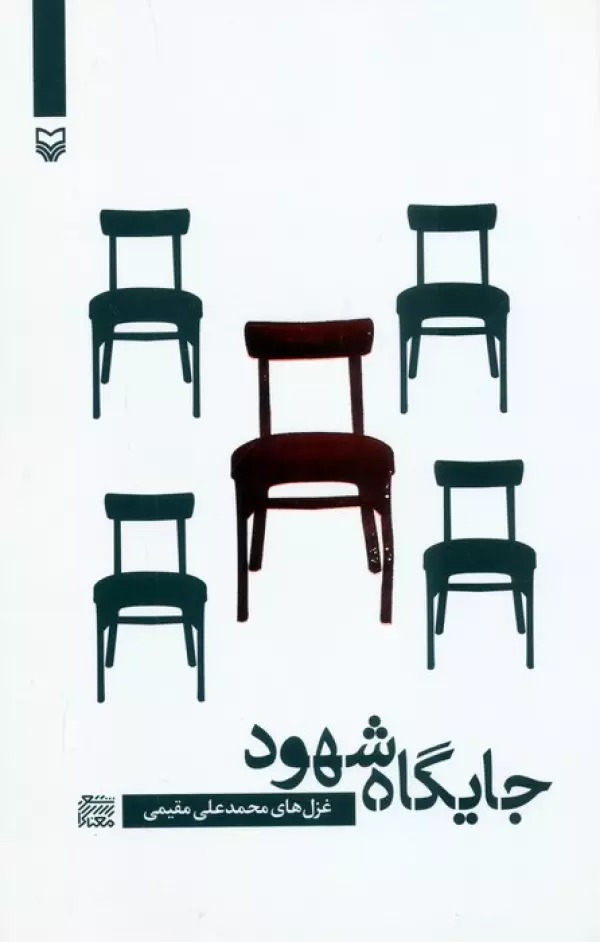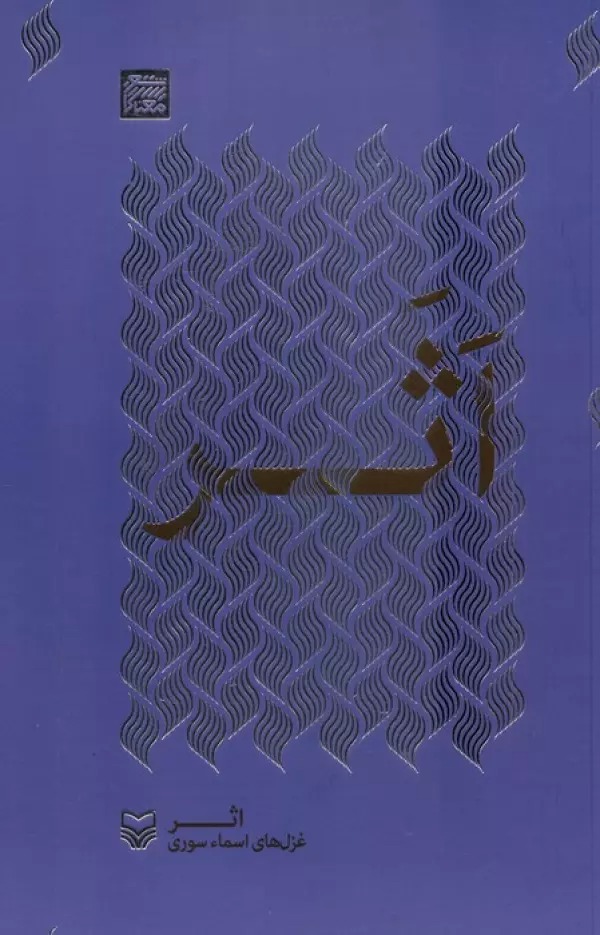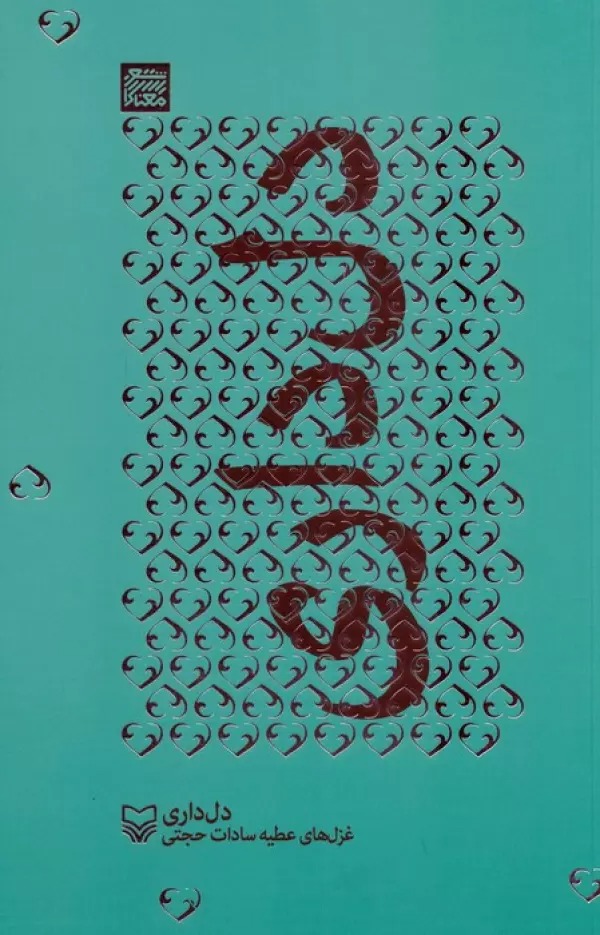Namāyish'hā-yi Īrānī 5 (Dīgar Namāyish'hā-yi Īrānī-yi Qabl va Baad az Islām): Persiska (Farsi) 1390
نمایش های ایرانی 5 (دیگر نمایش های ایرانی قبل و بعد از اسلام)
154 SEK
Dela
Wishlist
Originaltitel:
نمایش های ایرانی 5 (دیگر نمایش های ایرانی قبل و بعد از اسلام)
ISBN:
9789645069115
Förlag:
Surih-yi Mihr
Åldersgrupp:
Vuxen
Sidor:
237
Vikt:
538 g
Produktmått:
18 x 25 x 3 cm
Bokomslag:
Inbunden
The Takhte Hawzi display is based on two main types; One is black and the other is the master, and in many cases, the caliph, the sultan, and the ruler take the place of the master. However, this transfer does not change the general nature of the work. The close relationship between these two types causes fascinating exchanges between Black and Arrab during the show. As Saadi Afshar says, Siah and Arbab must be paired with each other and understand each other's language well. This good understanding makes black and the lord able to talk; Talkativeness is one of the moments and parts of the black game where the master starts to speak and black jumps in between his words, until finally, it comes to the point where the king, ruler, sultan, or master kickblackoutut of the assembly (stage). out and thereby finds a way to prepare the audience for purer comedy moments. This book is the fifth volume of the collection of Iranian dramas. The book consists of ten parts. In the first part, there is a general overview of Iranian shows before and after Islam. The second part deals with Iranian dramas from the beginning of Islam until now. This section examines mirroring and its origin, mirroring from the point of view of symbology, threshi, ng, and its origin. The third part is dedicated to the game of kolchak and its origin, Ayar and Ayar, characteristics of Ayars, etc. The fourth section is dedicated to puppet shows, puppet shows and how to perform them, the origin of puppet shows, puppet shows in Iran before Islam and in Islamic Iran, trends in puppet shows, fantasy lanterns, etc. In the fifth part, blacgameplayay, in the sixth part, the burning of the statue, in the seventh part, the clown play in the court, and in the eighth part, the street play is examined. The last two parts are dedicated to the show of groomsmen and convicts.
more
نمایش تختهحوضی بر محور دو تیپ اصلی استوار است؛ یکی سیاه و دیگر ارباب که در بسیاری موارد، خلیفه، سلطان و حاکم جای ارباب را میگیرد. با این همه این جابهجایی در ماهیت کلی کار تغییری حاصل نمیکند. تنگی ارتباط این دو تیپ سبب میشود که در طول نمایش بده بستانهای جذاب و جالبی بین سیاه و ارباب به وجود آید. آنطور که سعدی افشار میگوید، سیاه و ارباب باید با یکدیگر جفت باشند و زبان هم را به خوبی بفهمند. این خوب فهمیدن سبب میشود که سیاه و ارباب بتوانند به پرحرفی بپردازند؛ پرحرفی یکی از لحظات و قطعات سیاهبازی است که در جایی از بازی، ارباب شروع میکند به سخن گفتن و سیاه میان حرفش میپرد، تا اینکه سرانجام کار به جایی میرسد که شاه، حاکم، سلطان، یا ارباب، سیاه را از مجلس (صحنه) بیرون کند و به این وسیله راهی پیدا میکند تا تماشاگر را برای لحظات نابتر کمدی آماده کند. این کتاب جلد پنجم از مجموعه نمایش های ایرانی است. کتاب شامل ده بخش است. در بخش اول به صورت کلی مروری اجمالی بر نمایش های ایرانی قبل و بعد از اسلام شده است. بخش دوم به نمایش های ایرانی از آغاز اسلام تا کنون می پردازد. در این بخش آیینه گردانی و منشا پیدایش آن، آیینه گردانی از منظر نمادشناسی، خرمن گردانی و منشا پیدایش آن مورد بررسی قرار گرفته است. بخش سوم به کلچک بازی و منشا پیدایش آن، عیّار و عیار، ویژگی های عیاران و ... اختصاص دارد. در بخش چهارم که به نمایش عروسکی اختصاص یافته است نمایش عروسکی و چگونگی اجرای آن، منشا پیدایش نمایش عروسکی، نمایش عروسکی در ایران قبل از اسلام و در ایران اسلامی، گرایش های نمایش عروسکی، فانوس خیال و ... مورد توجه قرار گرفته است. در بخش پنجم نمایش سیاه بازی، در بخش ششم نمایش هیکل سوزی، در بخش هفتم نمایش دلقک بازی در دربار، و در بخش هشتم نمایش خیابانی مورد بررسی قرار می گیرد. دو بخش آخر نیز اختصاص به نمایش دامادکشان و محکوم گردانی دارد.
more

